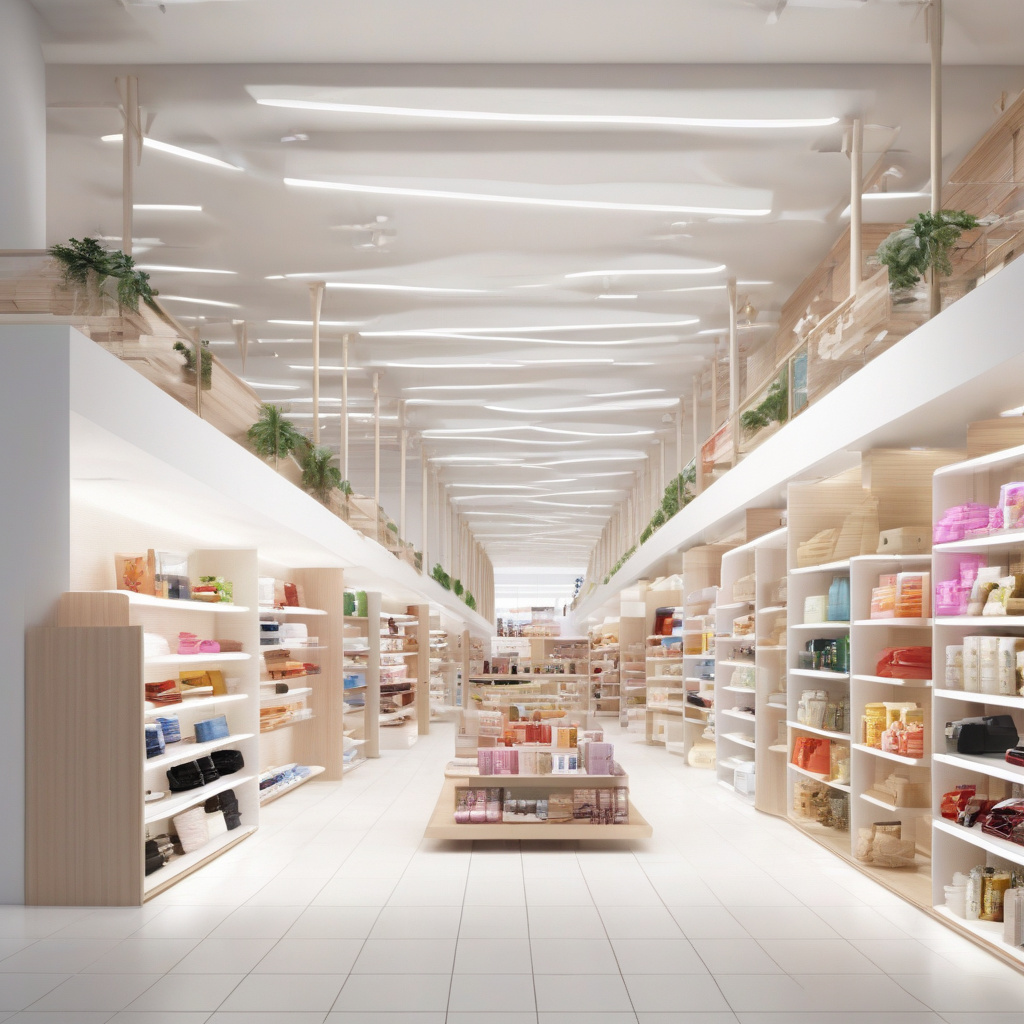Why Retailers’ Technologies Should Be Connected from the Product Source to the Store
In the rapidly changing retail landscape, technology stands as a cornerstone for operational excellence. Tony D’Onofrio, president of Sensormatic Solutions, emphasizes that connected technologies and support services have already transformed how retailers perceive their store operations. However, there remains significant potential for optimization that retailers have yet to fully harness. One of the most critical steps in this journey is ensuring that technologies are interconnected from the product source all the way to the store.
The retail industry has witnessed a surge in the adoption of advanced technologies over the past decade, yet many retailers still operate with fragmented systems. This lack of integration can create blind spots in data collection and analysis, leading to missed opportunities for enhancing customer experiences and improving operational efficiency. By linking data sets from manufacturers, supply chains, and stores, retailers can gain actionable insights that drive smarter decision-making and better resource allocation.
Contextualizing Shopper Behaviors
Connected systems allow retailers to contextualize shopper behaviors in ways that isolated systems cannot. For example, when sales data from a specific store is combined with inventory data from the supply chain, retailers can identify purchasing trends that might not be evident when looking at store data alone. This holistic view enables retailers to tailor promotions and inventory management efforts to meet actual demand, ultimately leading to increased sales and customer satisfaction.
Moreover, understanding shopper behavior goes beyond merely tracking purchases. By integrating data from various touchpoints, retailers can analyze foot traffic patterns, dwell times, and even the effectiveness of marketing displays. For instance, if a retailer finds that customers linger in certain aisles longer, they can infer that those products might require better visibility or promotional efforts. This kind of insightful analysis is only possible when data flows seamlessly through connected technologies.
Associating Workflows for Efficiency
The interconnectedness of retail technologies also streamlines workflows. For instance, when a retailer’s inventory management system communicates directly with the point of sale (POS) system, it ensures that stock levels are updated in real-time. This reduces the chances of overselling and enhances the customer’s experience by preventing stockouts. Furthermore, when employees are equipped with mobile devices that integrate with these systems, they can access real-time data on product availability and customer preferences, allowing them to assist shoppers more effectively.
Additionally, connected technologies can automate various operational tasks, freeing up employees to focus on higher-value activities such as customer engagement. For example, if a retailer uses an integrated supply chain management system, it can automatically reorder items when stock levels fall below a certain threshold. This not only ensures that items are always available on the shelves but also minimizes the time employees spend on manual inventory checks.
Merchandise Movement Optimization
Merchandise movement is another crucial aspect that benefits from connected technologies. Tracking products from the manufacturer to the store shelf can significantly reduce losses and improve profitability. For instance, RFID technology allows for real-time tracking of merchandise as it moves through the supply chain. Retailers can pinpoint where delays occur, identify inefficiencies, and streamline logistics operations.
In addition, understanding the journey of products provides insights into the overall performance of different suppliers and products. Retailers can analyze which items sell faster and which lag behind, enabling them to make informed decisions about which suppliers to partner with and which products to promote. This kind of data-driven approach can lead to better inventory management and a more responsive supply chain.
Enhanced Customer Experience
Ultimately, the goal of connecting technologies from the product source to the store is to enhance the customer experience. Customers today expect seamless shopping experiences, whether they are making purchases online or in-store. By integrating technologies and data, retailers can provide personalized recommendations and tailored experiences that resonate with consumers.
For example, if a customer frequently buys organic products, retailers can use that data to send targeted promotions for organic items via mobile apps or email marketing. Such personalization helps build customer loyalty and drives repeat purchases. Furthermore, when customers have access to real-time inventory data, they are less likely to be frustrated by stockouts, leading to a more positive shopping experience.
Conclusion
The retail industry stands at a crossroads where technology can either be a barrier or a bridge to success. By connecting technologies from the product source to the store, retailers can unlock the full potential of their operations. The integration of data sets allows for contextualized insights into shopper behaviors, streamlined workflows, optimized merchandise movement, and enhanced customer experiences. As Tony D’Onofrio wisely notes, while significant progress has been made, there is still much work to be done. Retailers who prioritize connected technologies will not only improve their operations but also position themselves favorably in a competitive market.
#RetailTechnology, #CustomerExperience, #SupplyChain, #DataIntegration, #BusinessOptimization
